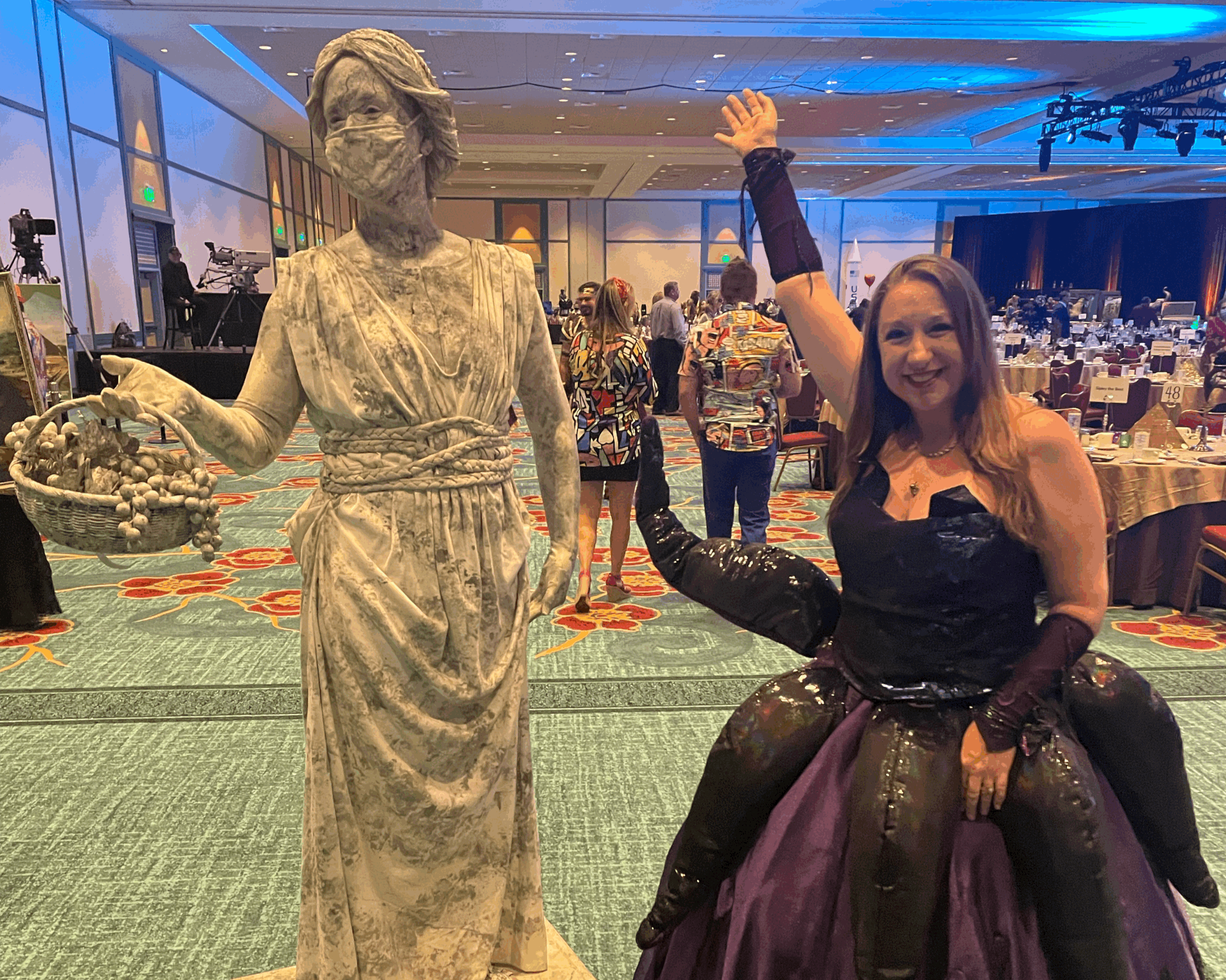Halloween at Work: How (and When) to Set Expectations Without Killing the Vibe
Halloween is one of those “fun” holidays that can get real weird real fast at work.
Someone dresses up as something “edgy.”
Someone else feels uncomfortable or offended.
And now you’re navigating conflict that didn’t need to happen—all because leadership didn’t set the tone early enough.
So let’s talk about it.
Because being a people-first workplace doesn’t just mean letting people show up—it means creating an environment where they can feel safe doing so.
And that includes spooky season.
Step 1: Set expectations early, not the day before
If your team is going to participate in Halloween (whether it’s costumes, candy, contests, or décor), communicate your expectations at least 2 weeks ahead of time.
Why? Because unclear boundaries lead to avoidable mistakes. And when someone crosses a line, you don’t want their response to be:
“No one told me.”
This isn’t about micromanaging fun. It’s about protecting your culture.
Send a team-wide message that covers:
If/when costumes are allowed
What is and isn’t acceptable
Any planned activities or time frames (e.g. “costumes welcome after 11AM”)
What not to wear (with examples)
And leaders, don’t assume common sense is common. Be specific.
Step 2: Provide clear costume guidelines
Here’s a simple framework I use with my clients:
Work-Appropriate Halloween Costume Guidelines:
Keep it professional. You're still representing the company.
No political, religious, or culturally appropriated costumes—at all.
No weapons, gore, or anything sexually suggestive (yes, even if “it’s just a joke”).
When in doubt, ask. And if you wouldn’t wear it in front of your boss, grandma, or HR, maybe leave it for the weekend party. Remind folks: the goal is festive, not offensive.
Step 3: Be prepared to handle it when someone crosses the line
I wish I could say setting expectations guarantees everyone will follow them. But… people are still going to break the rules, intentionally or not.
So here’s what to do if someone shows up in something inappropriate:
Pull them aside privately. Don’t make it a public moment.
Be direct, not demeaning.
“Hey, we talked about guidelines, and unfortunately, this crosses the line. I need you to either change or head home for the day.”Don’t debate intent. It doesn’t matter if they “didn’t mean to offend.” You’re enforcing a standard.
Document it. Always protect yourself and your team. HR 101.
You can be empathetic and firm at the same time.
Step 4: Use it as a leadership moment
If something does go sideways, don’t just deal with the moment. Learn from it.
Ask yourself:
Did we set clear expectations?
Did we give enough notice?
Do our leaders know how to have hard conversations in real time.
And if not, that’s your cue to invest in training, coaching, or HR support before the next culture curveball hits.
Halloween can be fun. But fun doesn’t mean free-for-all.
Done well, Halloween at work can build connection, boost morale, and bring some much-needed levity to the fourth quarter.
But it starts with leadership setting the tone: early, clearly, and consistently.
You can’t outsource culture. But you can create one where people feel safe, respected, and still get to have fun.
If your team needs help setting boundaries without sounding like the fun police, you know where to find me.
Ready to write your costume guidelines, or just need backup for the hard convos?
Let’s chat. Sipley the Best supports employers with trauma-informed HR, culture strategy, and the real-life stuff most handbooks never cover.

